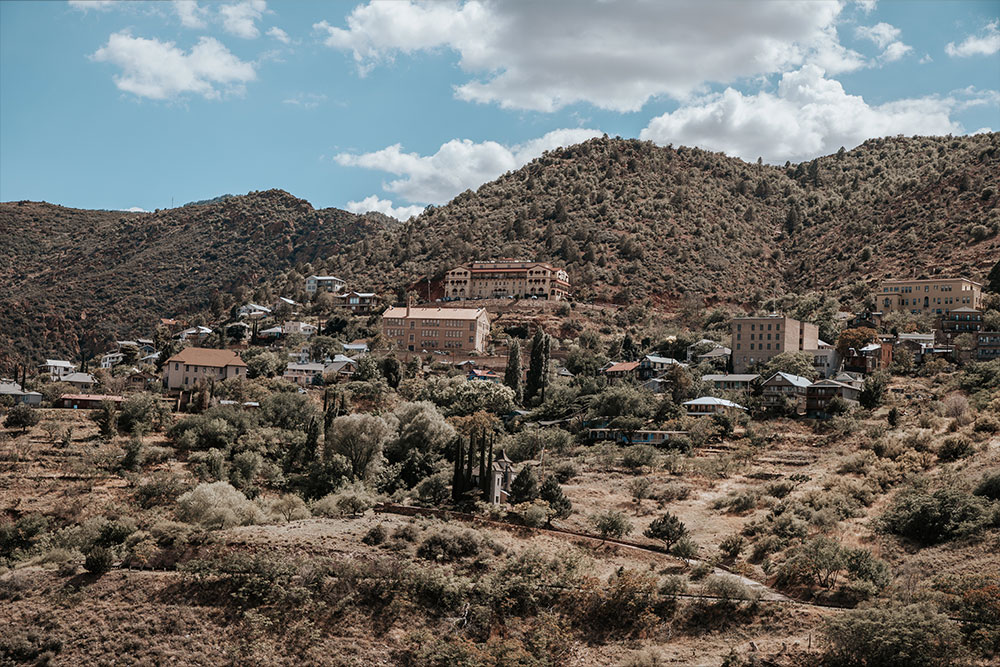


Jerome isn’t what you’d expect to see at your typical ghost town. In fact, despite its historic struggles, it still houses a lively community of about 450 residents.
Its extremely narrow streets, and quaint little downtown area was surprisingly busy when I visited Jerome. If I was just driving through the area, I wouldn’t expect it to be considered a “ghost town.” Without knowing, it would have been a little hidden gem I would’ve otherwise missed.
Paying homage to its history, there’s many landmarks that have been preserved throughout the city. To fully understand the city’s story, you’ve got to go back to 700 AD when the Hohokam people inhabited what is present day Jerome.
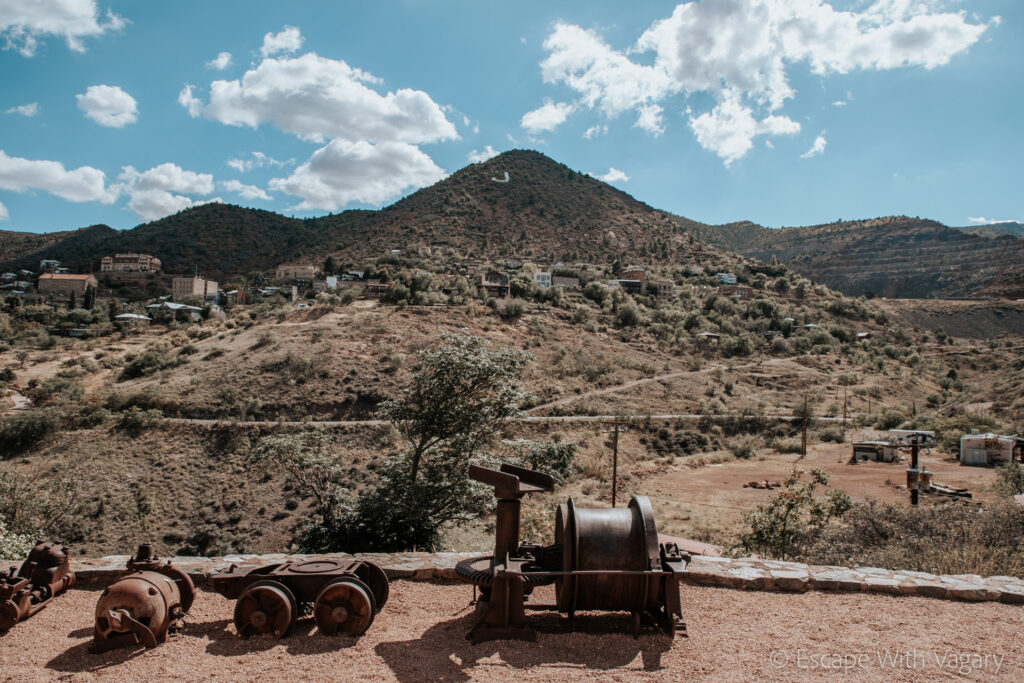
From 700 AD to 1125 AD the Hohokam people farmed in Verde Valley. As time went on, other Native American tribes made their way to this area and began working the ore body on the hills. This allowed them to collect pigments to use for coloring their bodies, blankets, clothes, etc.
The late 16th century brought Spanish explorers to the area, but they didn’t stay for long. On their quest to find gold, they began to mine the area until deciding it wasn’t good enough and moved on. It wasn’t until 1875 that the first mining claim and mill site were discovered. The first two sites were named Cleopatra Hill and Woodchute Mountain.
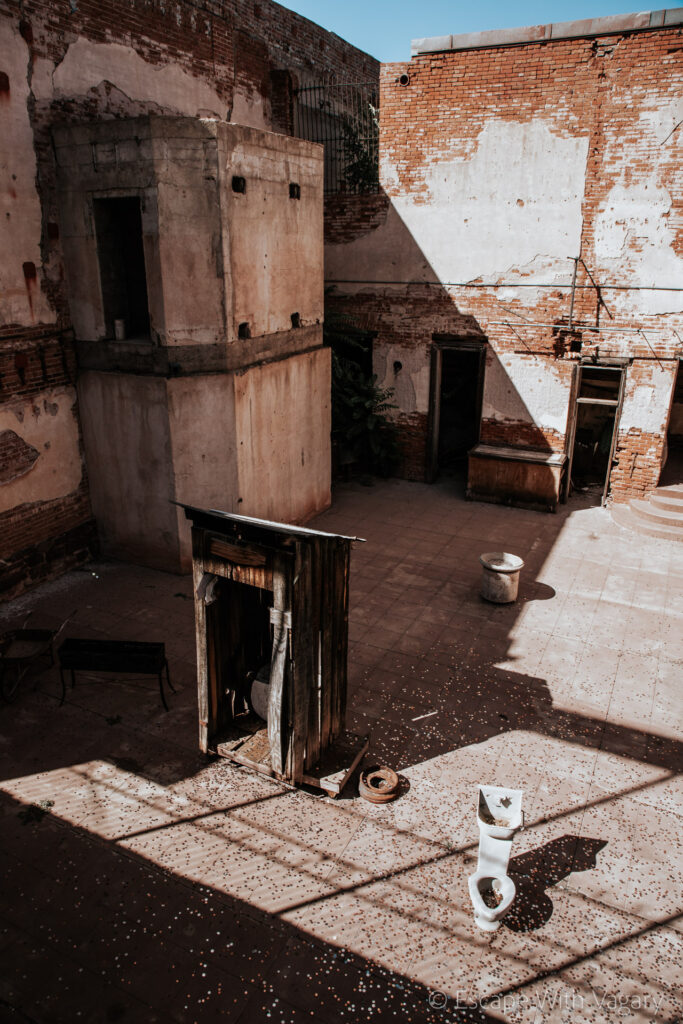
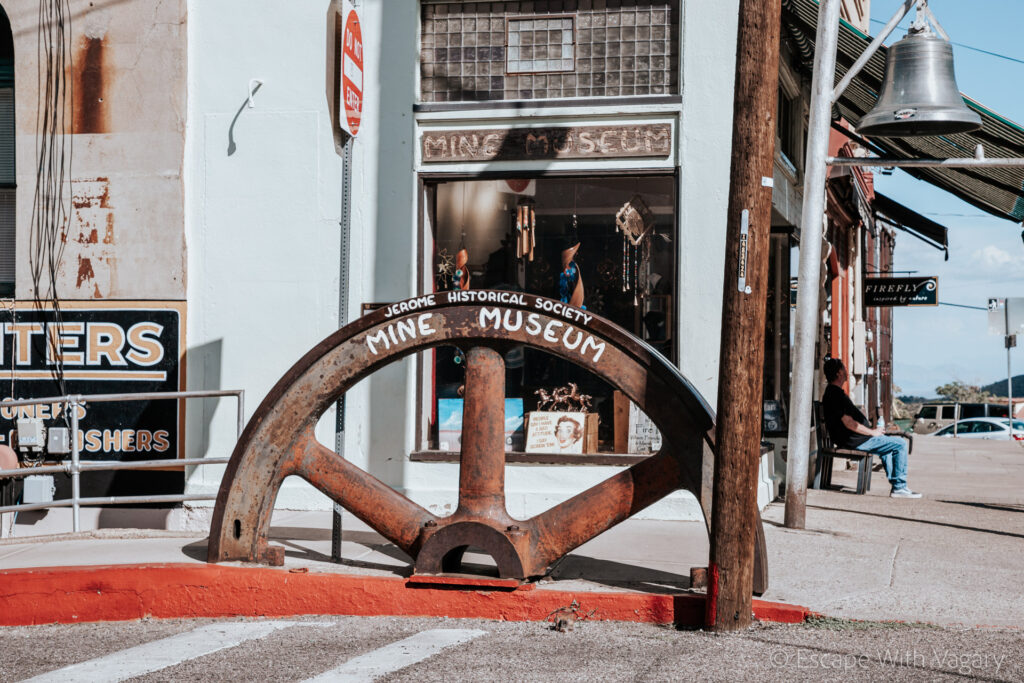

The United Verde Copper Company later bought out the claims, naming the camp Jerome for Eugene Jerome (a financier of the company). The copper was only produced during 1883 and 1884, closing in 1887. The small blast furnace that was originally brought in by wagon to the sites ended up producing about $1 million in copper. A year after closing, William Clark bought most of the stock and started bringing in money and business. If you visit Jerome today, you can still see the copper on display.
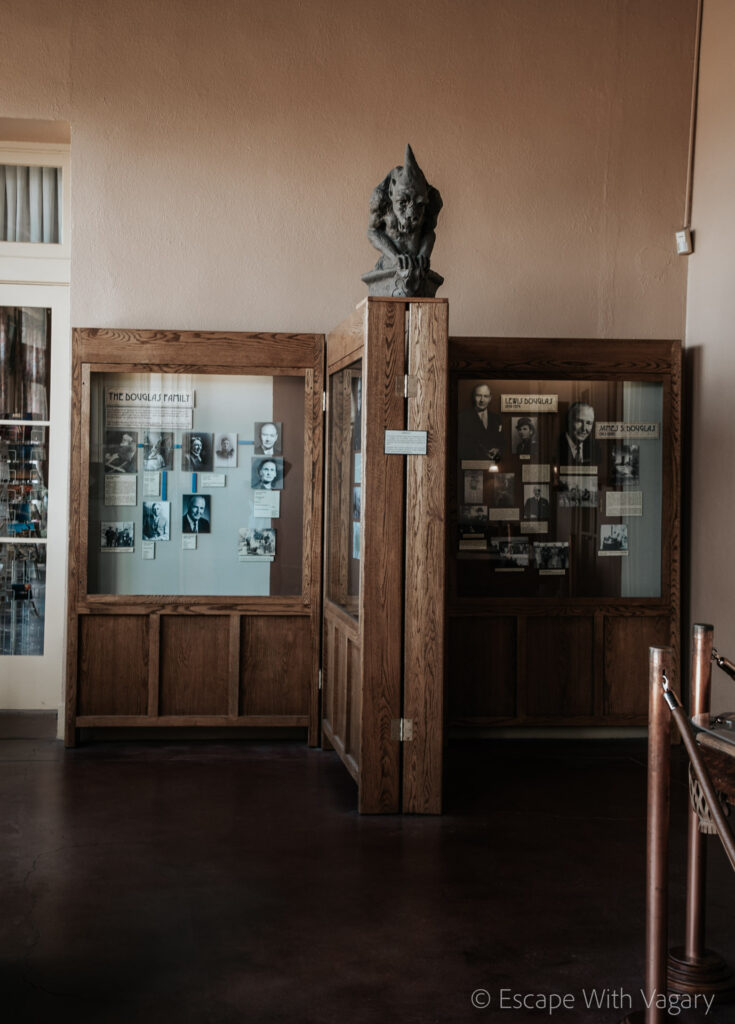
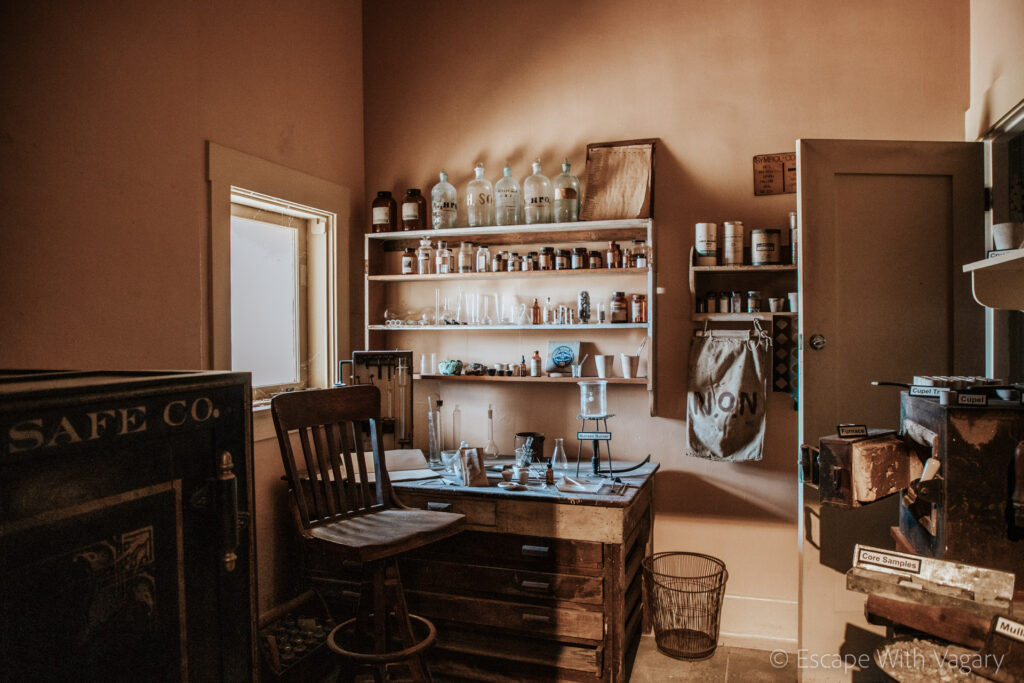
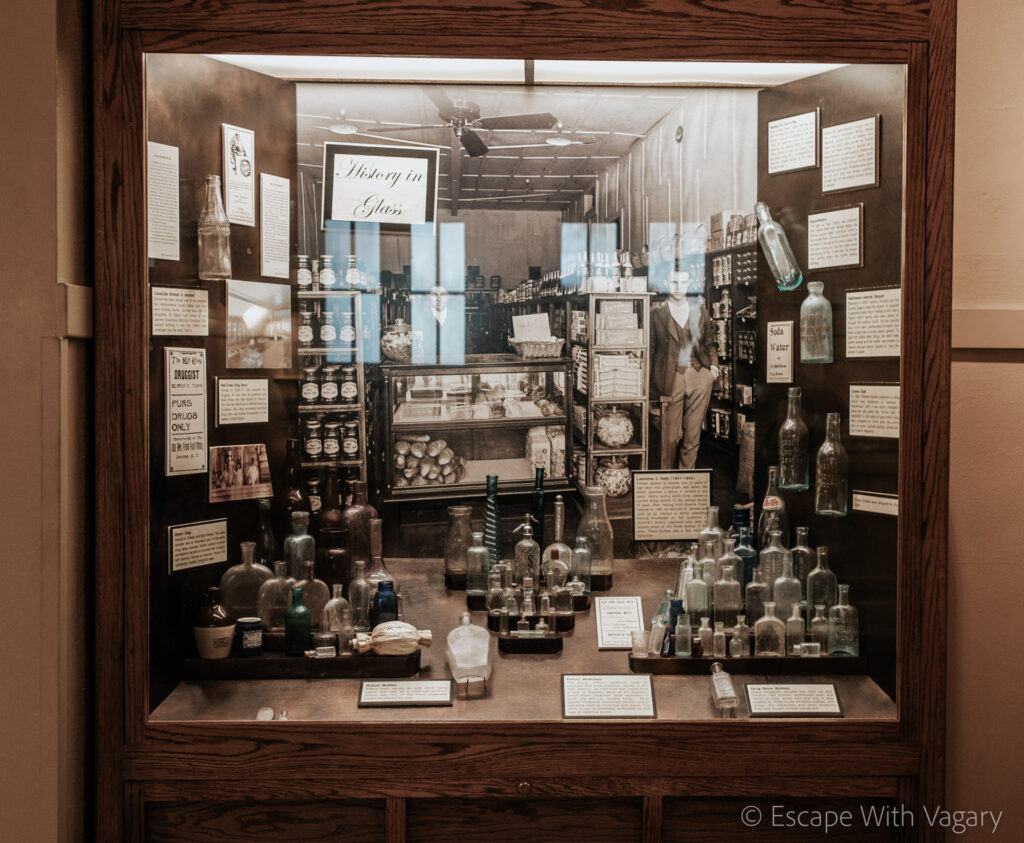
It was during this time that Jerome was booming. As mining operations grew, Jerome housed 15,000 residents, all with different backgrounds. It’s said that there were over 30 different nationalities that made up the town’s population.
The city’s success began its downfall in the 19th century as fires destroyed many buildings. With the metals diminishing and the onset of the Great Depression, the town became hopeless. By the late 1950s the population had dropped from 15,000 to under 100 residents.
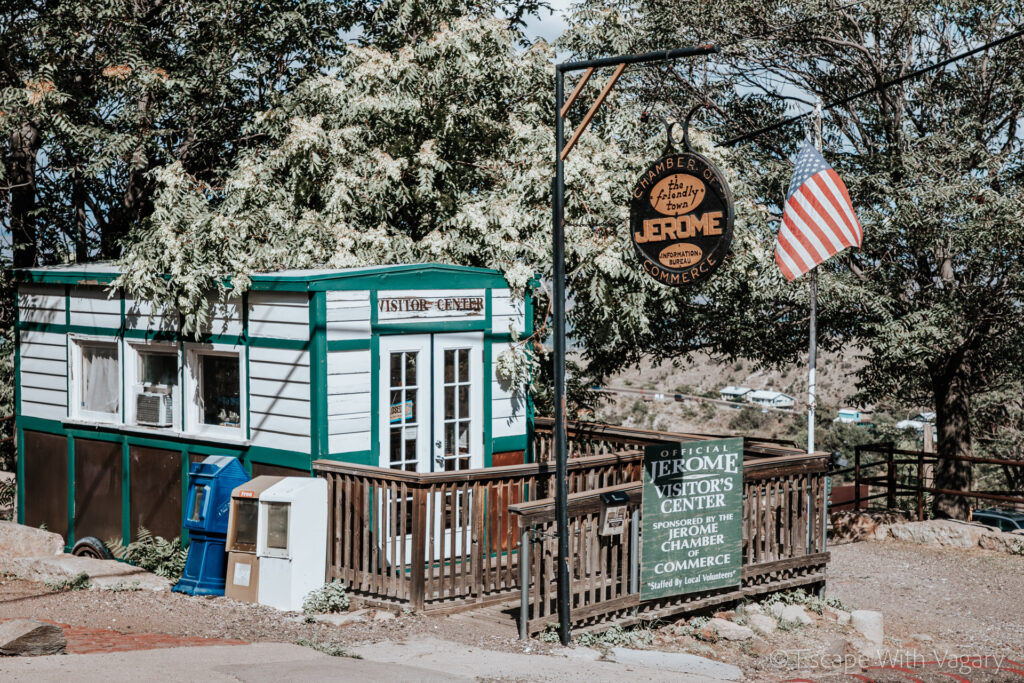
Remaining buildings were scavenged for materials and laid dormant until some residents came together in hopes to preserve the town and formed the Historical Society. They’ve protected what is still standing today; a city rich in history, arts, and an inviting sense of community.

